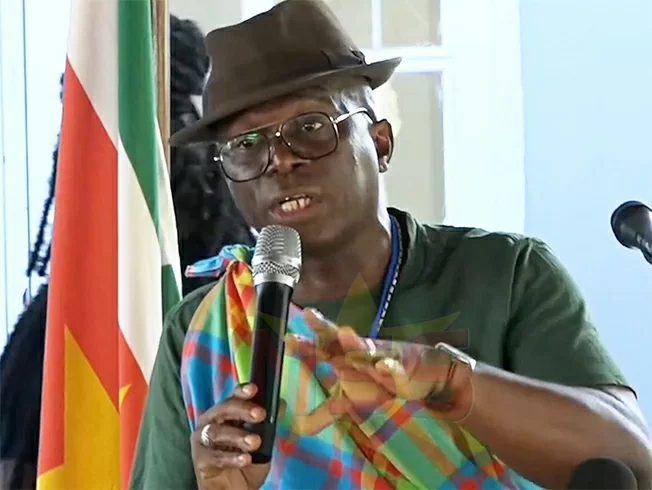During the celebration of Maroon Day on October 10, the traditional authority of the Marrons, represented by Captain Johannes Niavai, articulated three significant demands. These include renaming Stoelmanseiland, recognizing land rights for Marrons and Indigenous peoples, and establishing a Marron Cultural Center in Paramaribo. Niavai emphasized the need to rename Stoelmanseiland, currently named after Philip Samuel Stoelman, a commander of the Redi Musu who hunted escaped enslaved individuals. He suggested renaming it after Boni or Boston Bendt, the latter being a Jamaican deportee who joined the Marrons and played a pivotal role in the peace treaties of 1760 and 1762 between the colonial administration and the Marrons. Niavai also urged the government to acknowledge the land rights of Marrons and Indigenous peoples, highlighting the importance of unity in this struggle. Additionally, he advocated for a dedicated cultural center for the Marrons in Paramaribo, similar to Sana Budaya for the Javanese community and the Lalla Rookh building for the Hindustani community. The ceremony at the Square of October 10, 1760, included libations and wreath-laying to commemorate the first peace treaty between the Dutch colonial administration and the escaped enslaved individuals. President Jennifer Simons and Vice President Gregory Rusland unveiled a plaque inscribed with the text: ‘Peace concluded with the Marrons behind Auca Dorp Bongodoti between the colonial administration and the runaway slaves. National holiday. Freedom is a right.’
Traditioneel gezag wil naamswijziging Stoelmanseiland en erkenning grondenrechten
